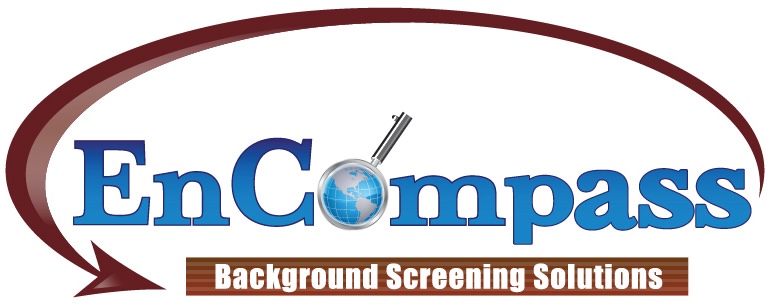07 Feb Changes on the Horizon to DOT Drug Testing Rules
Changes on the Horizon to DOT Drug Testing Rules
Back in January, the Federal Motor Carrier Safety Administration (FMCSA) dropped its random drug testing rate from 50% to 25%. This comes as a result of low failure rates during the years 2011-13, if we want to fully trust the FMCSA’s volunteer survey participation data (check out our Conference Presentation video on this question). Alcohol breathalyzer testing was lowered from 25% to 10% several years ago because of similarly low failure rates. But there are more changes coming on the horizon to DOT drug testing regulations.
Clearing House Database Of Drivers Who Failed/Refused A Drug Test
Update: Clearinghouse Rule Published! Read Detailed Analysis here!
A “Clearing House” database is nearing creation for CDL (Commercial Driver License) holders who have failed or refused a drug test. US legislators have been concerned that drivers who have been terminated or flagged after positive test results have been, until now, able to move undetected from one carrier to another. The proposed Clearing House database would make it very difficult, if not impossible, for them to do so. Under the new rule, employers will be required to consult this database when hiring new drivers, upload names of failed drivers, and query the database once a year regarding the status of their current drivers.
Some privacy concerns have been addressed. For instance, when a driver’s name appears on the list, he or she would be required to sign a consent form before details about test results, substance abuse treatment and follow-up tests could be released.
Along with the Clearing House database, the US Department of Health and Human Services has recently published two notices of proposed rulemaking, which will affect the DOT drug testing regimen in the very near future.
Increasing DOT Drug “Panels” Of Drugs Tested From 5 To 7
One of the rules will see more drugs added to the “panels,” or categories of intoxicants. The FMCSA currently wants drivers to be screened for five types of narcotics, sometimes referred to as the NIDA 5. These are amphetamines, cocaine, marijuana, opiates and PCP. Prescription painkillers such as oxycodone and hydrocodone will soon be included in the panels, due to the large rise in opioid deaths over the last decade (read more about the Opioid epidemic here). Oxycodone, a synthetic type of opiate popular among the illicit drug-taking fraternity has been added, as have amphetamine variants such as MDA and MDMA (better known as ecstasy).
Oral And Hair Testing
The second initiative concerns the addition of oral fluid collection to the drug-testing menu. Up until now, urine analysis was the only accepted methodology for DOT random, pre-employment, reasonable cause and post-incident testing. But this new rule will allow for oral (saliva) testing as well. When the rule is published, employers could use either saliva or urine collection, or both. The saliva test is considered a better procedure for determining the “probability” of impairment. It can show the presence of a drug or a drug’s metabolite in the subject’s system for several hours after ingestion and depending on the amount of that substance, could inductively indicate whether or not the driver was “probably” impaired when reporting for work.
“We believe that oral fluid testing will be cleared for use in DOT programs sometime in 2016,” says Kurtzer.
Also, hair follicle testing is gaining in popularity, particularly in the US where workplace drug testing is widespread. Strands of hair, an inch-and-a-half long, can provide the lab with a snapshot of drug use over a 90-day period. For that reason, some employers prefer this process for pre-employment testing, as it can provide a wider spectrum of the driver’s drug-using lifestyle and potentially risky behavior (read more on how these different Testing Techniques compare here).
American Trucking Associations (ATA) president and CEO Bill Graves is a major proponent of the procedure and has been lobbying US legislators to have it included as part of DOT testing. Hair testing is now undergoing its own detailed review by the US Department of Health and Human Services (HHS). But the HHS’s proposed oral fluid protocols are currently much further along the development curve.


